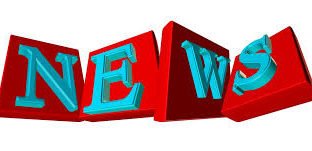GROUP ECONOMICS AND ACCESS TO CAPITAL
Part II
Ted Harvey
Money is what we use for purchase power for housing, food, clothing, transportation, education, recreation and entertainment. As you know most of these purchases are consumable items and liabilities: But as residents of the United of States of America, most of us have very little left for savings, investments and disposable income.
Capital is a different animal. There are so many kinds of capital i.e. human capital, non human capital, public capital, private capital, and control capital. Below I give a definition of each one of these terms so that we can be on the same page.
What is Capital? The definition of Capital is “the sum total of nonhuman assets that can be owned and exchanged on some markets . Capital includes all forms of real property including residential real estate as well as financial and professional capital, plants, infrastructure, machinery, patents, and so on used by firms and government agencies.’’
First I want to discuss a term I call control capital something that’s been around since the sixteen hundreds. In the world economy, there are a number institutions that control the money flow. My definition of CONTROL CAPITAL are institutions, organizations and private wealth who manipulate the industrial production and services to slow residential capital to become financially independent, plus capital/ income ratio. It is with CONTROL CAPITAL that keeps individual human capital working.
The definition of HUMAN CAPITAL are individual labor, skills, training, and abilities. Which I call the producers human capital make things, fix things, build things, and create things.
Control capital is huge and the institutions, organizations, and private wealth pick and choose capital distributions; to name just a few Federal Reserve, World Bank, and (IMF) International Monetary Fund. There are hundreds of economic organizations venture capitalists and think tanks that control capital.
